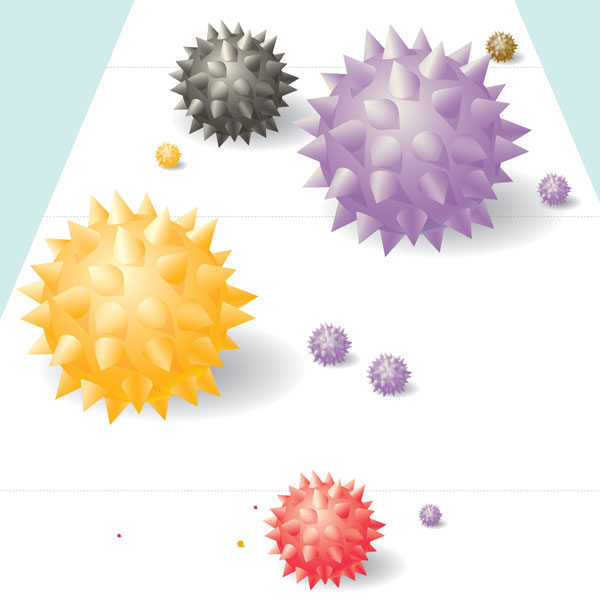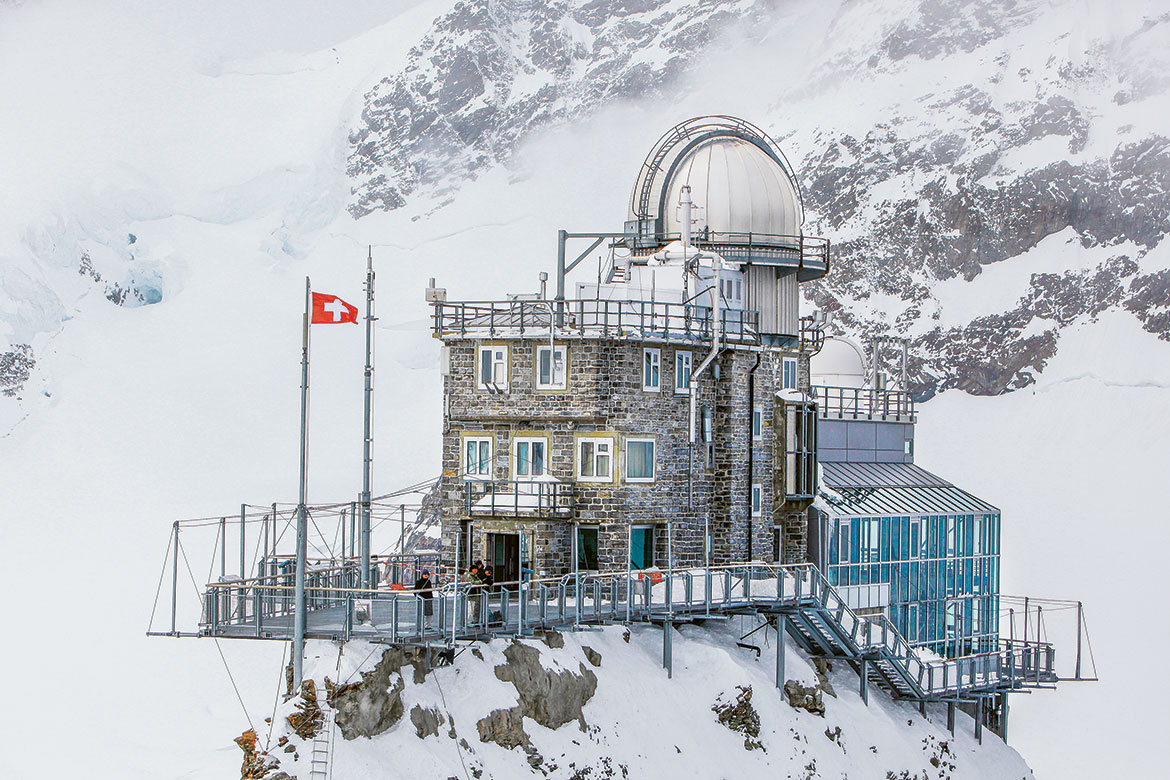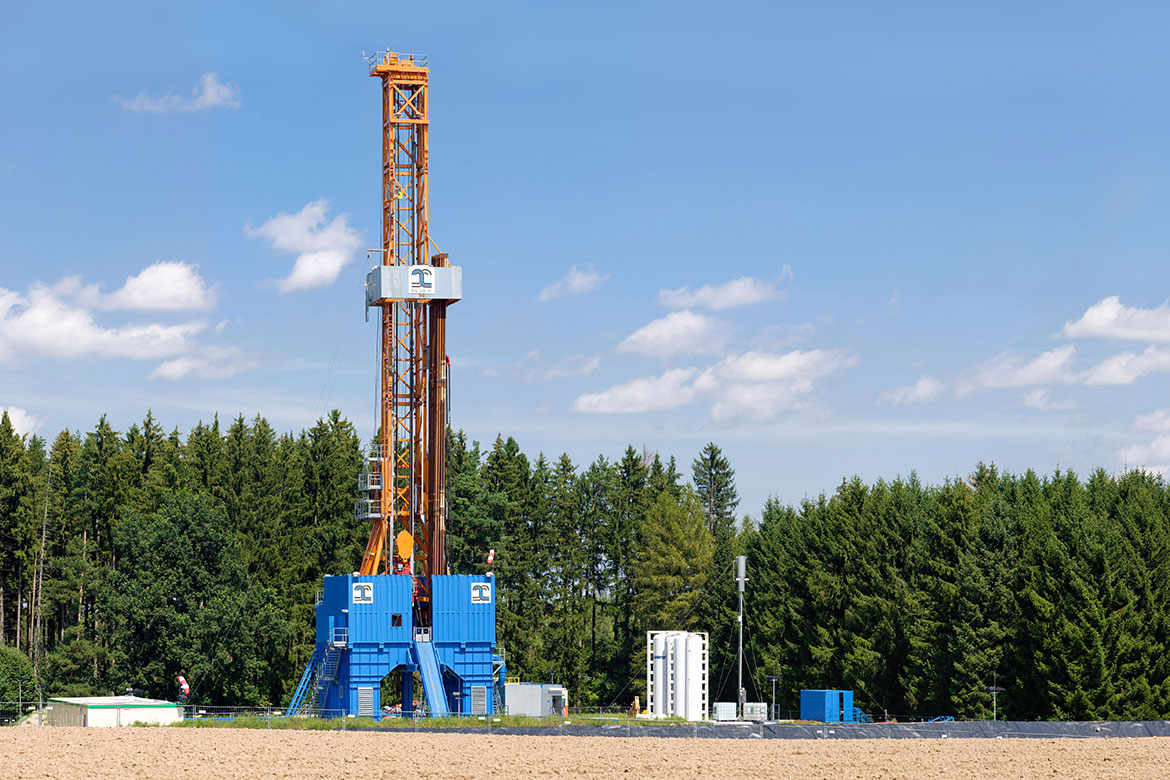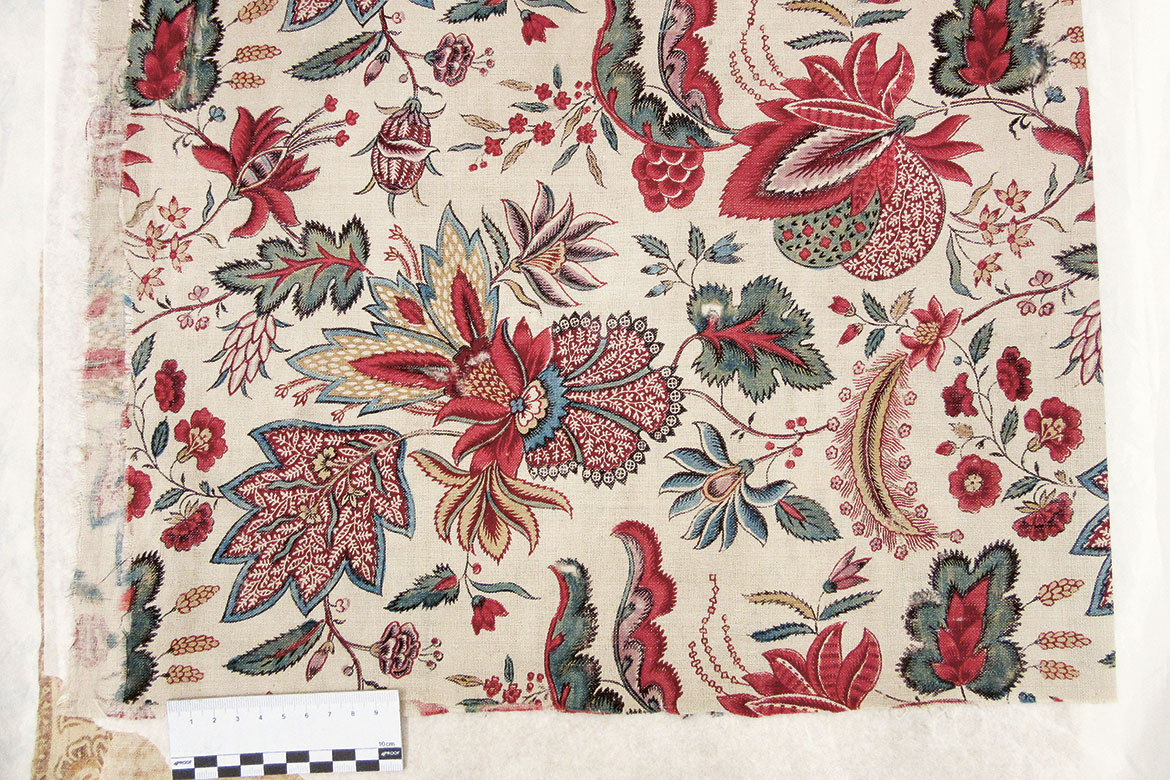EVOLUTION
The fly that conquered the world
Whether hot or cold, wet or dry: the fruit fly is comfortable just about everywhere. A European research network has been investigating how evolution helps it to adapt to new environments.
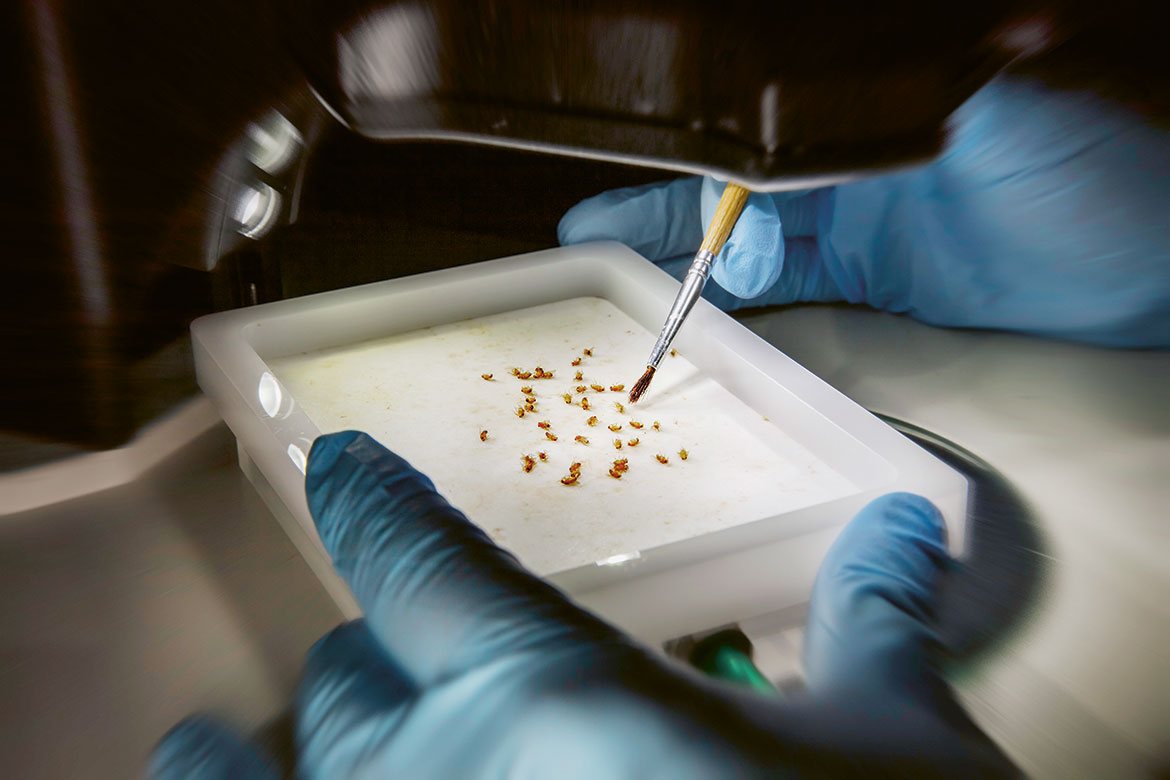
Every fruit fly is different: a variant of the ‘couch-potato’ gene can provide advantages in long, hard winters. | Image: IRD/Vectopole Sud/Patrick Landmann/Science Photo Library
“Bananas, yeast and perhaps a little beer”. According to Martin Kapun, this is the ideal mixture to attract a fruit fly into a PET bottle. In the summer of 2014, he and many fellow biologists travelled all over Europe armed with their PET mixtures in order to collect samples for a joint research project. Their goal was to find out how a species propagates, and how it manages to adapt to all manner of climatic conditions.
The fruit fly Drosophila melanogaster is best known as an unwelcome guest in our kitchens, but it’s an ideal object of study for such a research project. It’s well known as a model organism in biological research and has an exciting history of migration behind it. It comes originally from Africa, but some 10,000 years ago it gradually spread into Europe and Asia, and then into America and Australia. It probably followed the path of humans – on a staggered basis – after we began cultivating fruit.
“The genome of the fly is like a book in which the history of its migration and evolution is recorded”, says Kapun. He’s an evolutionary biologist at the University of Zurich and a co-founder and coordinator of the Drosophila Population Genomics Consortium (DrosEU; see the box: ‘Researching in a very big team’). In order to be able to understand this ‘book’, the members of the Consortium sequenced the genome of flies in a total of 48 European fly populations, from Portugal to Ukraine, Turkey and Finland. Then they looked for genetic differences that could show how the fly’s genome had changed and adapted.
Surviving in the cold
Their analysis showed that these populations are especially different genetically in the West and East of Europe. “This longitudinal division surprised us, because we had actually expected something like that along a North-South axis”, says Kapun. Comparing their findings with climate data provided a clear correlation between genetic differences and seasonal fluctuations in the climate. The researchers therefore suspect that the fly adapted both to the mild, oceanic climate in the West that is determined by the Gulf Stream, and to the extremes of the continental climate in Eastern Europe. An alternative explanation for today’s genetic differences could also be the manner in which the fly repopulated Europe after the last Ice Age, after having survived for a long time in its two isolated refuges, the Iberian peninsula and the Near East.
But which of these evolutionary changes took place in the fly’s genome during the course of these migrations? The researchers can determine this with the help of computer analyses. “The theory behind this has been long established”, says Laurent Excoffier, a population geneticist and bioinformatician at the University of Bern. “But the large datasets we now have at our disposal means it must be further refined”. The challenge is to determine which of the genetic differences truly represent adaptation through natural selection, and which of them are based on other mechanisms – perhaps because a very small population with little genetic diversity settled in a new area.
Fundamentally, there are always several variants of a gene present in any population. But if one of these variants suddenly gets an advantage – for example, if it helps the fly to survive in cold temperatures – then it will gradually supplant the other variants, and is thus positively selected.
Kapun and his team have been able to identify many such positively selected variants with the help of statistical methods. One variant of the so-called couch-potato gene presumably means that the flies can take a winter break for reproductive purposes – a characteristic that would be irrelevant in its African home, but which is essential for a fly to survive in Russia. They have not yet found any clear connection between climatic conditions and the other genes they have thus far identified. More research is still needed here.
Assessing the consequences of globalisation
“These are really exciting questions”, says Cleo Bertelsmeier, a professor of ecology at the University of Lausanne. “To what extent can species adapt to their environment?”. She is researching into how invasive species manage to establish themselves in new habitats. “We know that insects travel from one region to another through the trade in fruit, but up to now, for example, we didn’t know whether they can adapt to a new climate, and if so, how quickly”. She believes it is very important to be able to understand these issues more precisely.
For example, there are insects that can destroy a whole harvest – such as the Mediterranean fruit fly, which also comes from Africa, and which has reached Switzerland in recent years, infesting apple trees in Zurich. If we can acquire new knowledge about evolution, it could help us to make better estimates as to just how dangerous such imported pests can be. Then we might be able to take appropriate measures to combat them. Other invasive insect species can also be dangerous to people – such as the Asian tiger mosquito, which can carry yellow fever. And there’s another issue that interests Bertelsmeier: “One very big question that has not been answered thus far is what happens to our native species if climate change means the temperature suddenly rises by two degrees”.
“For questions like these, it’s better to study evolution out in the field than in the laboratory”, says Excoffier. Laboratory experiments are not representative, because specimens might be the result of inbreeding and could have adapted to conditions in the lab. “But now we have the opportunity to look at the whole genome of populations outdoors, and to determine exactly where evolution takes place and what genes and metabolic processes are involved”.
These datasets don’t just provide information about the evolution of flies. Almost as a by-product, the researchers have also sequenced the microbiome of the flies – bacteria, fungi and viruses. They have similarly found divergences in the genetic material that correlate to the climate. Now they want to investigate whether or not these ‘subtenants’ assist their hosts in adapting to new environments.

